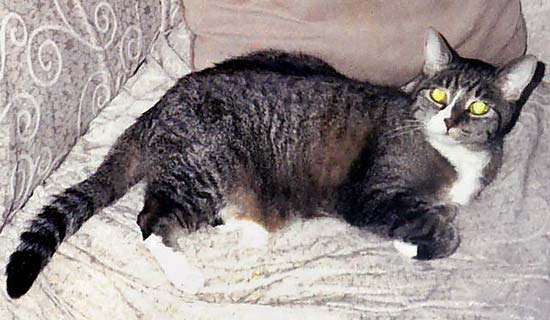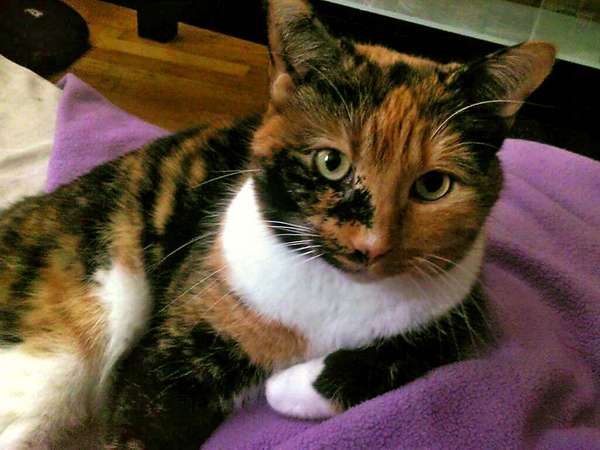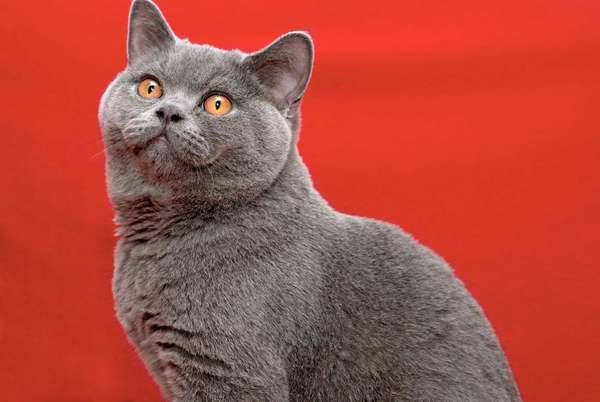WELCOME
TO
MY
WEBSITE
DO YOU LOVE CATS?

CATS
Cats, also called domestic cats (Felis catus), are small, carnivorous (meat-eating) mammals, of the family Felidae Domestic cats are often called 'house cats' when kept as indoor pets. Cats have been domesticated (tamed) for nearly 10,000 years. They are one of the most popular pets in the world. They are kept by humans for hunting rodents and as companions. There are also farm cats, which are kept on farms to keep rodents away; and feral cats, which are domestic cats that live away from humans. A cat is sometimes called a kitty. A young cat is called a kitten. A female cat that has not had its sex organs removed is called a queen. A male cat that has not had its sex organs removed is called a tom. There are about 60 breeds of cat.[8] Domestic cats are found in shorthair, longhair, and hairless breeds. Cats which are not specific breeds can be referred to as 'domestic shorthair' (DSH) or 'domestic longhair' (DLH). The word 'cat' is also used for other felines. Felines are usually called either big cats or small cats. The big, wild cats are well known: lions, tigers, leopards, jaguars, pumas, and cheetahs. There are small, wild cats in most parts of the world, such as the lynx in northern Europe. The big cats and wild cats are not tame, and can be very dangerous.
HISTORY
In the past, most notably in Egypt, people kept domestic cats because they hunted and ate mice and rats. Today, people often keep cats as pets. There are also domestic cats which live without being cared for by people. These kinds of cats are called "feral cats". The oldest evidence of cats kept as pets is from the Mediterranean island of Cyprus, around 7500 BC. Ancient Egyptians worshipped cats as gods, and often mummified them so they could be with their owners "for all of eternity". Today, special food for cats is widely available in the developed countries. Proper feeding will help a cat live longer compared to hunting or being fed table scraps. Not correctly feeding a cat can lead to problems (see below for health concerns). Cats cannot taste sweet foods (with sugar) because of a mutation (change) in their ancestors which removed the ability to taste sweet things. Many house cats eat food which their owners give them. This food is manufactured, and designed to contain the right nutrients for cats. There are many different types of cat food. These come in many different flavors and costs are often very small.
FOOD
There is moist canned food and also dry cat food which comes in different sized cans or bags and formulas. There are kitten formulas, cat formulas, health formulas, formulas for reducing a cat's weight, and many others. These can even be organic (made from all natural ingredients), and have vegetables, salmon, tuna, meat, and milk essence. Yet, it's best if the food is at least 95% meat, as that's a cat's diet. Also, make sure the cat is not fed a daily diet of dog food. It could make the cat blind, as it has no taurine, which is a nutrient for the eyes.

Gray Tabby
The name "gray tabby" describes not a breed but a coat color and pattern. The sporty looks of the gray tabby are peerless. Classic tabbies can, of course, be bred, but part of the fun of cats is in the genetic rock-tumbler that produces random combinations of coloration and patterns. The classic tabby markings are stripes and whorls all over the head, limbs, body, and tail, but mixed-breed tabbies can have "dilute" or broken patterns and, quite often, white chests, undersides and/or paws. The latter is an especially fetching combination and never more adorable than when the cat’s fur is predominantly gray; it’s an understated, neutral look that goes with practically everything—especially a pink nose and a loving personality.

Calico
It is impossible to clone a calico cat with the same markings, because of the random activation of genes. The necessary traits for calico patterning are on the X-chromosome, therefore nearly all calico cats are female. Male calico cats are few and far between, and can only exist as a result of genetic defect.

Persian
It is impossible to clone a calico cat with the same markings, because of the random activation of genes. The necessary traits for calico patterning are on the X-chromosome, therefore nearly all calico cats are female. Male calico cats are few and far between, and can only exist as a result of genetic defect.

British-Shorthair-grey
It is impossible to clone a calico cat with the same markings, because of the random activation of genes. The necessary traits for calico patterning are on the X-chromosome, therefore nearly all calico cats are female. Male calico cats are few and far between, and can only exist as a result of genetic defect.